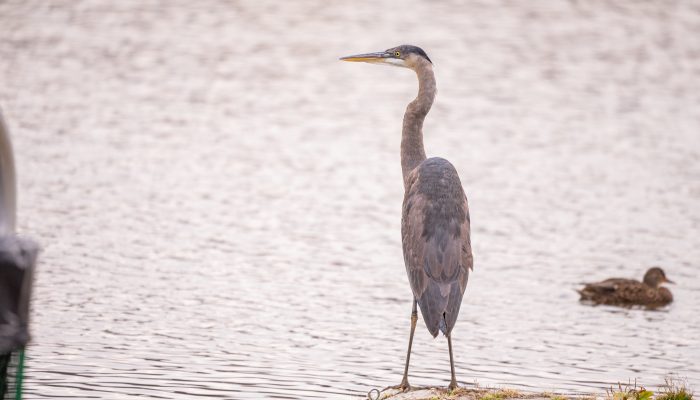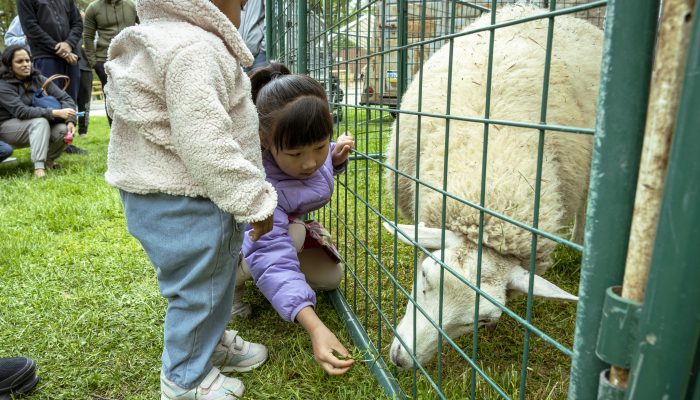Birds have different strategies for the winter. Some migrate south. Other birds migrate to our region. While other birds live here year-round and even breed in the winter!
People often say that American Robins return in the spring, but our area has robins all year long.
White robins eat worms in the spring and summer; in the winter, they switch to eating berries. In the winter robins devour crabapples, holly berries, and other fruits. Eastern bluebirds, also switch from insects to fruit. People can see them in meadows through the winter. Red-winged Blackbirds and Common Grackles also form flocks in the winter. Just because you don’t see birds in your yard in the winter, it doesn’t mean they all migrated south.
They might have changed their feeding or behavior. Birds do not migrate to avoid freezing. Even if a species breeds in the north, it must be able to endure below-freezing temperatures at night. Feathers are efficient insulation.
As long as birds can find enough food, their feathers, and circulatory system will keep them warm. Some overwintering songbirds will even eat the dried insects out of a bug zapper! Birds migrate because their food is unavailable in the winter. Hunting for insects or plants during the winter is often difficult because of snow. But, small insect-eating birds such as the Winter Wren can find enough insects and spiders to survive in the winter.
Dark-eyed Juncos and White-throated Sparrows eat seeds also spend their winters here.
Waterfowl often migrate to stay ahead of ice forming on bodies of water. Many different kinds of waterfowl flock here in the winter because the Delaware River rarely freezes completely.
These species include:
- Great Cormorants
- Horned Grebes
- Diving ducks such as: Bufflehead, Canvasback, Common Goldeneye and many others.
Bald Eagles, Red-tailed Hawks, and Great Horned Owls have long nesting seasons. These large birds begin nesting in the winter to ensure their young have time to grow and learn to hunt. Some birds come to our region but not every year. Too much food causes irregular movements called interruptions. A group of birds known as “winter finches” usually only show up in well-populated regions in the winter:
- Purple Finches
- Pine Siskins
- Common Redpoll
- Evening Grosbeaks
- Red and White-winged Crossbills
These birds only come to our region when the seed crops of their preferred trees and shrubs are in short supply. The unrelated Red-breasted Nuthatch also has similar movements in response to food availability. Sometimes it’s too much food that drives birds south. Snowy Owls will have much more offspring than normal when lemmings have a boom year in the Arctic Tundra. Birds will move farther south than normal because of competition for food. Snowy Owls will often nest in airports, landfills, and large fields because these wide-open spaces resemble tundra.
Learn more about birds in the winter. Join a bird walk at Pennypack Environmental Center or Wissahickon Environmental Center.




